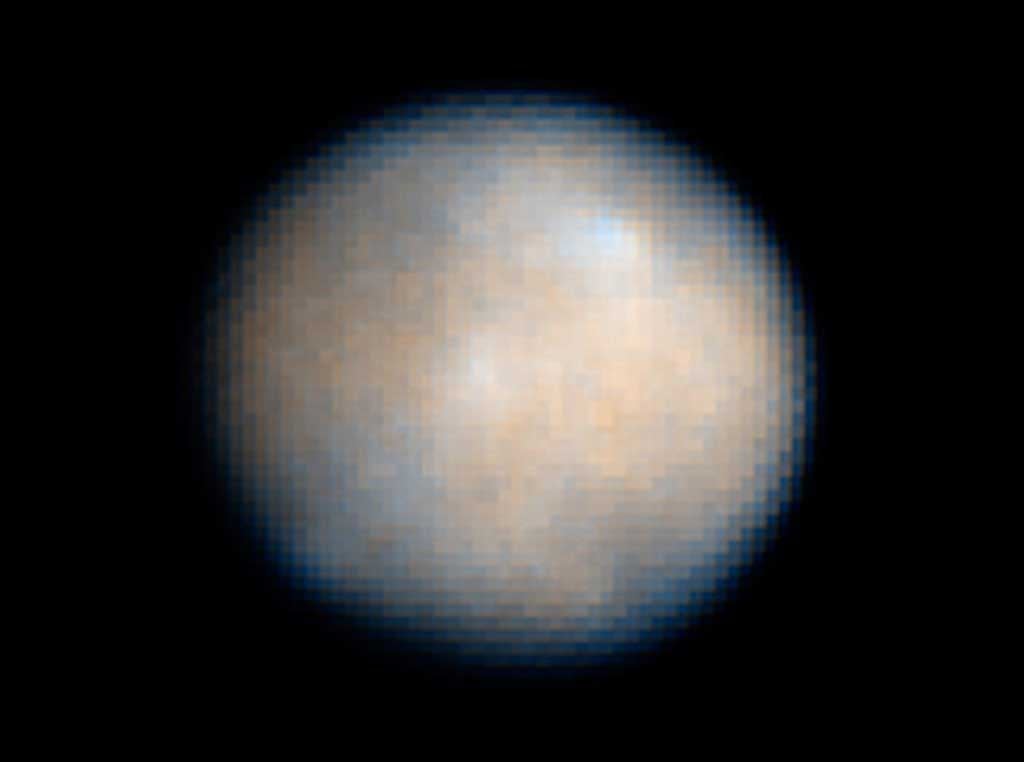“This mountain is among the tallest features we’ve seen on Ceres to date,” said Paul Schenk from the Lunar and Planetary Institute in Houston. “It’s unusual that it’s not associated with a crater. Why is it sitting in the middle of nowhere? We don’t know yet, but we may find out with closer observations.”
Also puzzling is the famous Occator (oh-KAH-tor) Crater, home to Ceres’ brightest spots. A new animation simulates the experience of a close flyover of this area. The crater takes its name from the Roman agriculture deity of harrowing, a method of pulverizing and smoothing soil.
In examining the way Occator’s bright spots reflect light at different wavelengths, the Dawn science team has not found evidence that is consistent with ice. The spots’ albedo — a measure of the amount of light reflected — is also lower than predictions for concentrations of ice at the surface.
“The science team is continuing to evaluate the data and discuss theories about these bright spots at Occator,” said Chris Russell from the University of California, Los Angeles. “We are now comparing the spots with the reflective properties of salt, but we are still puzzled by their source. We look forward to new higher-resolution data from the mission’s next orbital phase.”
An animation of Ceres’ overall geography, also available in 3-D, shows these features in context. Occator lies in the northern hemisphere, whereas the tall mountain is farther to the southeast (11° south, 316° east).
“There are many other features that we are interested in studying further,” said David O’Brien with the Planetary Science Institute in Tucson, Arizona. “These include a pair of large impact basins called Urvara and Yalode in the southern hemisphere, which have numerous cracks extending away from them, and the large impact basin Kerwan whose center is just south of the equator.”
Ceres is the largest object in the main asteroid belt between Mars and Jupiter. Thanks to data acquired by Dawn since the spacecraft arrived in orbit at Ceres, scientists have revised their original estimate of Ceres’ average diameter to 584 miles (940 km). The previous estimate was 590 miles (950 km).
Dawn will resume its observations of Ceres in mid-August from an altitude of 900 miles (1,400 km), or three times closer to Ceres than its previous orbit.
On March 6, 2015, Dawn made history as the first mission to reach a dwarf planet and the first to orbit two distinct extraterrestrial targets. It conducted extensive observations of Vesta in 2011–2012.










